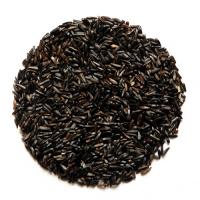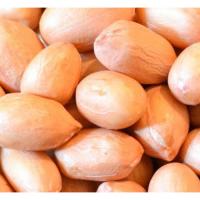Product Specification
| Sanat Tejarat Anahita | |
| Dry |
Product Descriptions
Pistachio nuts are intertwined with Iranian culture and are actually present in all facets of Iranian life. Pistachio nuts get a mention in all Iranian literature, stories, beliefs, traditions and rituals such as Norooz (New Iranian Year) and Yalda festival are even consumed in weddings and funerals. Iranian poets and literary figures have also referred to pistachio nuts in their works. For Iranians no festivities and feasts can be held without pistachio nuts as well as other nuts like walnuts, almond, raisin, hazelnuts, etc. They celebrate Iranian New Year by eating pistachios. If they cook special dishes, they decorate them with pistachios. Even treats such as ‘Gaz’ contain pistachios. Pistachio nuts are of strategic importance among Iranian producers of agro products.
Iran exports 150,000 to 200,000 tons of pistachios annually. This is while the global demand for Iranian pistachios can even reach a few million tons. Presently Iran accounts for more than 50 percent of global pistachio production. Iran is expected to earn $1.1 billion in pistachio until the end of Iranian calendar year, which ends on March 20, 2013. Currently, pistachios grow in over 360,000 hectares of land in Iran and Kerman province procures 77 percent of the country’s pistachio needs. The province is essentially viewed as the most important region in the world for growing pistachios. Other areas of the country wherein pistachios are grown include Kerman, Yazd, Khorasan, Fars, Semnan, Qazvin, Isfahan and Qom.
Iranian pistachios include many local names and each name represent a region shape or quality type. However in term of shapes there are in four main groups. All types can be founded in Iran market in raw or roasted with several productions offers such as mechanically, opened or closed pistachio, roasted and salted, roasted and salted with added lime.




 Safe and secure payments using Abraa safe trade systems
Safe and secure payments using Abraa safe trade systems  \
\









